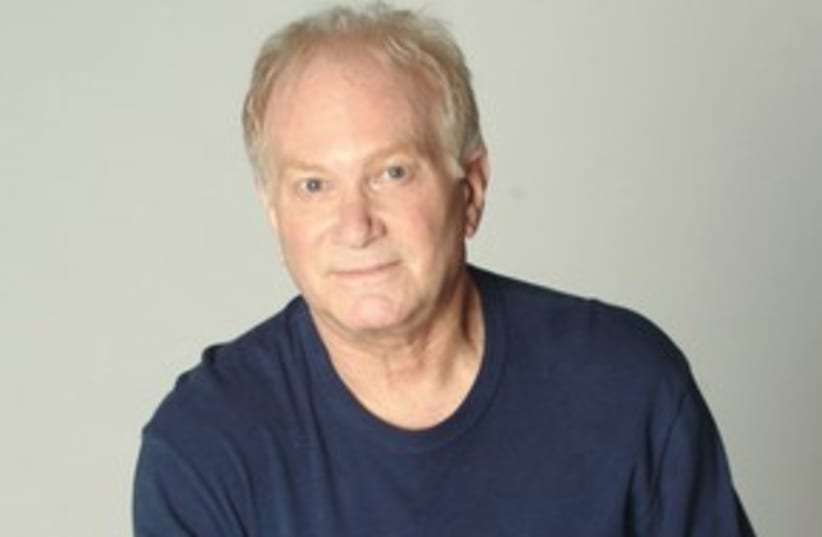For more information and to register, go to the Screenwriters’ Summit Website at http://screenwriterssummitisrael.com/index.html
Like packing a suitcase
Hollywood screenwriting guru Syd Field has crammed a lot of valuable information into his upcoming seminar in Tel Aviv.

For more information and to register, go to the Screenwriters’ Summit Website at http://screenwriterssummitisrael.com/index.html